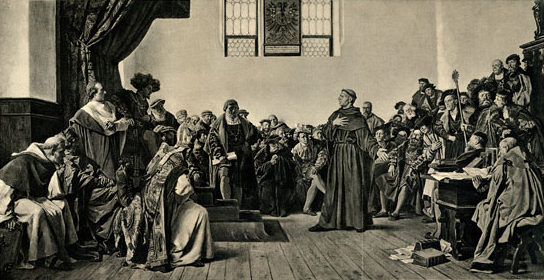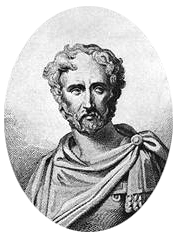1500s This century was marked by chasms in religious beliefs. Previously in Western European countries, the vast majority of individuals were Roman Catholic or Eastern Orthodox. However, in the 1500s, the Protestant faction of Christianity was formed, and the Tudor King of England claimed the monarchy and reigned over all religions. This sparked comparisons between the various religious beliefs. In high art, African people were often depicted as white people were– voluptuous, well-proportioned beauties with anglican features similar to those of white women in art. This was also the Renaissance period.
During the Renaissance Period, Italy was rediscovering Roman and Greek ideology, particularly around art, philosophy, and science. This included beauty ideals of symmetrical proportions, curvy women, and muscular men. The Protestant religion was desperate to distance itself from Catholicism, so they shifted their perspective of food. Instead of food being something you ate or didn’t eat based on religious observances, it became a matter of morality. For example, while you could eat what you want, finding pleasure in eating made you dumb and corrupted your soul. This food and body shaming was focused on wealthy men. They were the ones promulgating these ideas because they were allowed to write and publish books, and they declared their superiority for engaging in these ideals and discussed the inferiority of those who did not, including enslaved black people.
Plantations used enslaved Africans for forced labor in the cultivation of cotton, tobacco, coffee, and sugar. Sugar, in particular, was extremely profitable, and the sugar economy increased the variety of foods and alcoholic beverages in Europe. Protestant zealots responded to these changes by fervently calling for God’s true believers to control their desires, particularly surrounding food and sex, even if doing so required extreme measures. What we now know as dangerous eating disorder behaviors were touted and praised amongst the white males of high society. These same people were the ones who had access to plentiful food stores and visited establishments where alcohol, like beer, was served.
In North America, the primary crop was corn. Water could make people sick, so they drank cider, beer, and tea.
1550 By this point, almost every European nation was involved in TransAtlantic trade to some degree. Many colonial settlements were popping up along the southeastern coast of North America, the Caribbean Islands, and the eastern coast of South America, thanks to sugar cane crops and the rise of sugar plantations. The Portuguese and Spanish established trade routes that sent guns, rum, and other goods to Africa. These were traded for African peoples, who were sent to the Americas to work on sugar plantations and to be auctioned off for other jobs. Sugar and tobacco were sent back to Europe.
1555 England began to take an interest in the profitability of trading enslaved Africans and Indigenous peoples, thanks to John Locke, though it took another 8 years before they became officially involved.
1566 Travel books and natural history books were not new. Many books published around this time were written by authors who had never traveled to Africa, South America or the Caribbean, but nonetheless compared black people and white people. However, some authors did travel, and those who did were surprised by the quality of living, wealth, and civility of the people in those regions. Still, 100 years of being told black people were inferior had solidified their biases, which crept into their work. In 1566, a book titled Summarie of the Antiquities, and Wonders of the Worlde was published. It described Ethiopians and other African peoples as having no noses, single eyes in their forehead, heads like dogs, mouths in their breasts, and one tribe that would eat then fall upon their women because they were so sure of plentiful food that they could be care free. These writings were actually refurbished publications of Pliny the Elder’s mythical folklore writings from 23-79 AD.
1571 Protestant pastor, Edward Bush, gave a sermon at London Paul’s Crosse. “Bush referenced the teachings of St Paul, who had liberated Christianity from the dietary laws of the Old Testament, but who had also warned of the spiritual dangers of making food decisions that went counter to one’s own beliefs.2 Accordingly, Bush argued that seemingly ‘small matters’ in fact ‘may do much hurte’, and so necessitate religious reform” (Barnett, 2019). Up until this point, food relationships existed with certain foods, such as meats, which were avoided on holy days as per Catholic covenants and the face nutritional value of the food. Protestants were distancing themselves from Catholicism by saying that people could eat what they wanted, but they should analyze what meaning food has other than just as food.
1596 The Dutch overcame the Portuguese for the highest number of people captured annually.
1598 Spanish colonials were making their way through North America, armed with germs, weapons, and the ideology that they were sent to conquer the land and its peoples, and convert them into disciples of their supreme God and righteous way of living. The Native Americans had experienced nomadic raids previously but nothing like a conquering army. The Spanish would plunder their food, enslave them, rape them, and the missionaries would go as far as to torture and execute Native peoples if they refused to give up their traditional faith practices. Many native peoples were sent to Caribbean enslavement markets.


